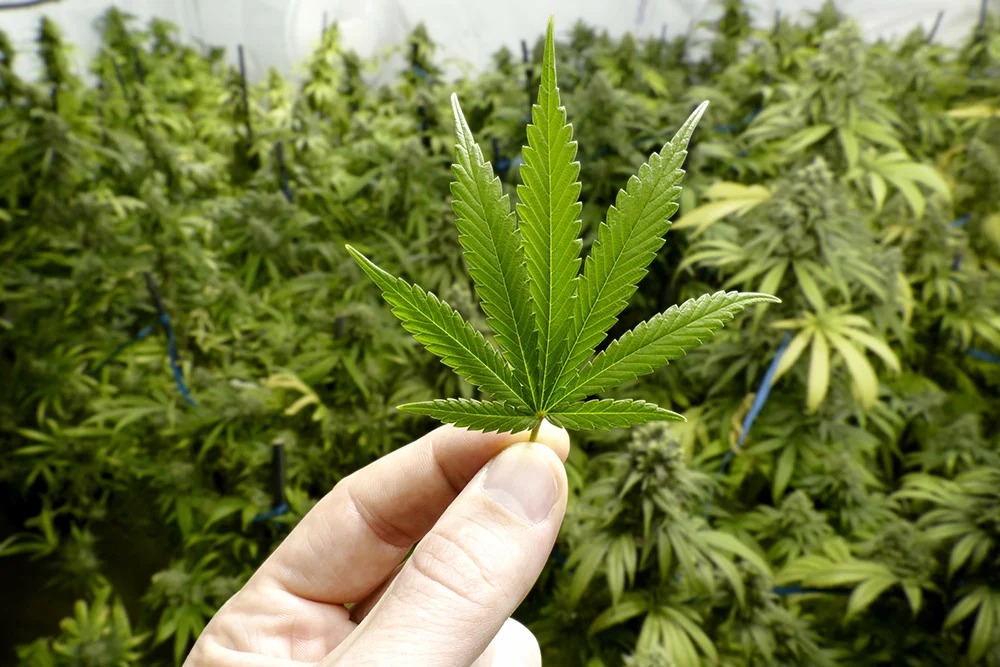Cannabis in India has been known to be utilized since as early as 2000 BCE. In Indian society, common names for cannabis concoctions include ganja (flower), charas (resin), and bhang (seeds and leaves), with Indian drinks, such as bhang lassi andbhang thandai becoming one of the most common illicit usages.
A 2019 study conducted by the All India Institutes of Medical Sciences stated that around 7.2 million Indians had consumed cannabis within the previous year. The Ministry of Social Justice and Empowerment‘s “Magnitude of Substance Use in India 2019” Report found that 2.83% of Indians aged 10–75 years, who are around 31 million people, are present users of cannabis and its products. According to the UNODC’s World Drug Report 2016, the retail price of cannabis in India was the cheapest, worldwide.
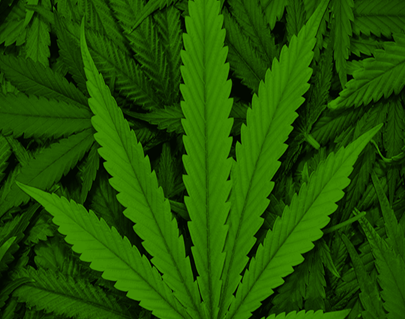
Cannabis sativa plant
Source- Thestre
Historical References-
Ancient Texts
Bhanga is mentioned in many Indian texts dated before the year 1000 CE. However, there is a philological debate among Sanskrit scholars if this bhanga can be identified with modern cannabis.
Cannabis sativa is one of the variants that is recognized as the plant which was utilized to make Soma during the Vedic period. Soma was an inebriating ritual drink that has been highly applauded in the scriptures of Rigveda.
Atharvaveda indicates bhanga as one of the five sacred herbs that relieve anxiety. Sayana understood bhanga as a type of wild grass, but several other scholars recognize bhanga with cannabis.
The ancient book on medical sciences, Sushruta Samhita, again brings up bhanga, as a medicinal herb.
According to Gerrit Jan Meulenbeld and Dominik Wujastyk, Chikitsa-sara-sangraha by Vangasena is the oldest surviving Indian scripture that features an undeniable mention of cannabis. It mentions bhanga as an appetizer and a digestive and proposes two concoctions. Narayan Sarma’s Dhanvantariya Nighantu, an extant text, features a narcotic made using the herb. Sharngadhara Samhita (13th century) also propounds medicinal utilization of cannabis.
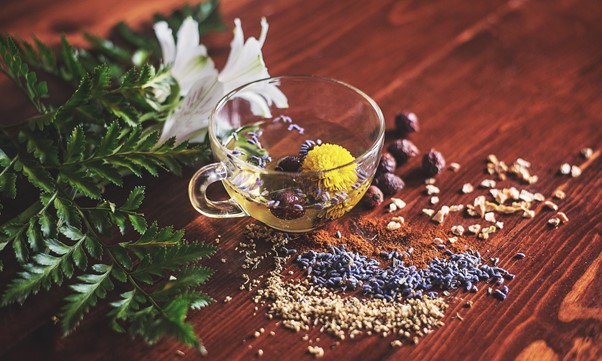
Cannabis is also featured in other ancient texts like Dhanvantari Nighantu, Sarngandhara Samhita, and Kayyadeva Nighantu. It is also mentioned in Ayurveda as a part of many concoctions of pain relievers and aphrodisiacs in small volumes. It is recognized that large quantity or long time consumption can be addictive and that it is more lethal than tobacco for the lungs and liver. Ayurveda however does not utilize cannabis for smoking purposes.
It is believed that the Hindu deity Shiva is picked cannabis as his dearest food, after having spent one night sleeping under the plant’s leaves and when eating off it in the day refreshed him. Another legend suggests that when the venom Halahala was outpoured from the ’Samudra Manthan’, Shiva consumed it to save everyone from it. Later, bhang was administered to cool him. Shiva Purana points towards the consumption of bhang by Shiva during the warmer days of the year.
Several Ayurvedic scriptures mention cannabis as Vijaya, whereas tantric scriptures feature it as Samvid.
Portuguese India
After the Portuguese capture of Goa in 1510, the Portuguese became aware of the Cannabis customs and business in India. Garcia de Orta, a botanist, and doctor noted the utilization of cannabis in his 1534 work ’Colloquies on the Simples and Drugs and Medicinal Matters of India and of a Few Fruits’. Fifteen years after Garcia, Cristobal Acosta commissioned the treatise ’A Tract about the Drugs and Medicines of the East Indies’, outlining concoctions from bhang.
British India
The British Legislature enforced a tax on bhang, ganja, and charas in 1798, noting that the tax was meant to bring down the cannabis intake “for the sake of the natives’ good health and sanity”. In 1894, the British Indian government completed a far-ranging survey of cannabis in the nation.
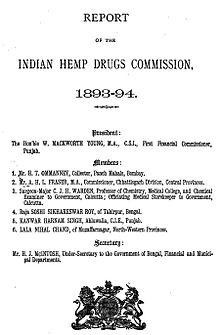
Indian Hemp Drugs Commission Report in 1893–94
Modern usage
As bhang, cannabis is still widespread in our country. Bhang is utilized as an offering to Shiva and is consumed during the annual festivals of Mahashivaratri and Holi. Among Sikh Nihangs, bhang is used, mainly around Hola Mohalla. Muslim Indian Sufis place the soul of Khidr within the cannabis plant and consume bhang.
Even in Assam, where cannabis has been prohibited since 1958, it is consumed by several people around the Ambubachi Mela. In 2015, the police did not stop followers from consuming bhang, even though they penalized two people for smoking tobacco in a public place.
In November 2015, Uttarakhand legalized the agriculture of cannabis for commercial usages. Manipur’s Chief Minister N. Biren Singh notified the State Legislation on 21 February of 2020 that the government was contemplating legalizing the cultivation of cannabis for medicinal and commercial uses.
Indian law enforcement agencies captured 182,622 kg of ganja as well as 2,489 kg of hashish in the year 2016. Enforcement agencies eliminated 1,980 hectares of illegal cannabis agriculture in 2018. The International Narcotics Control Board’s Annual Report of 2019 stated that India is among those nations around the world that have the greatest extent of illegal cannabis production.
Naxalites in India are heavily invested in the illicit production of ganja.
Conclusion
Despite its addictive nature, cannabis is said to have many medicinal properties. There is much ongoing research on the topic. It has been an integral part of Indian Culture and Society.
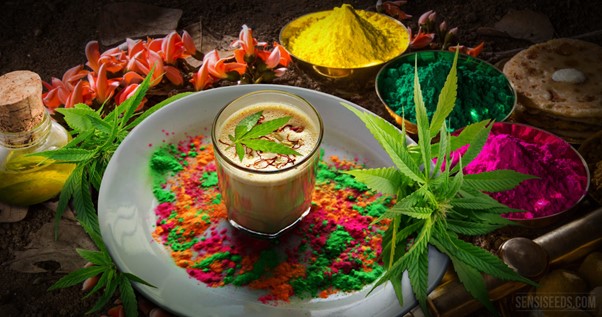
Literary Sources:
https://www.tandfonline.com/doi/abs/10.1080/07352689.2016.1267498
https://www.moneycontrol.com/news/business/the-marijuana-industry-is-high-on-business-opportunities-4236221.html
https://en.wikipedia.org/wiki/Cannabis_in_India
Written By: Aakanksha Chaturvedi

